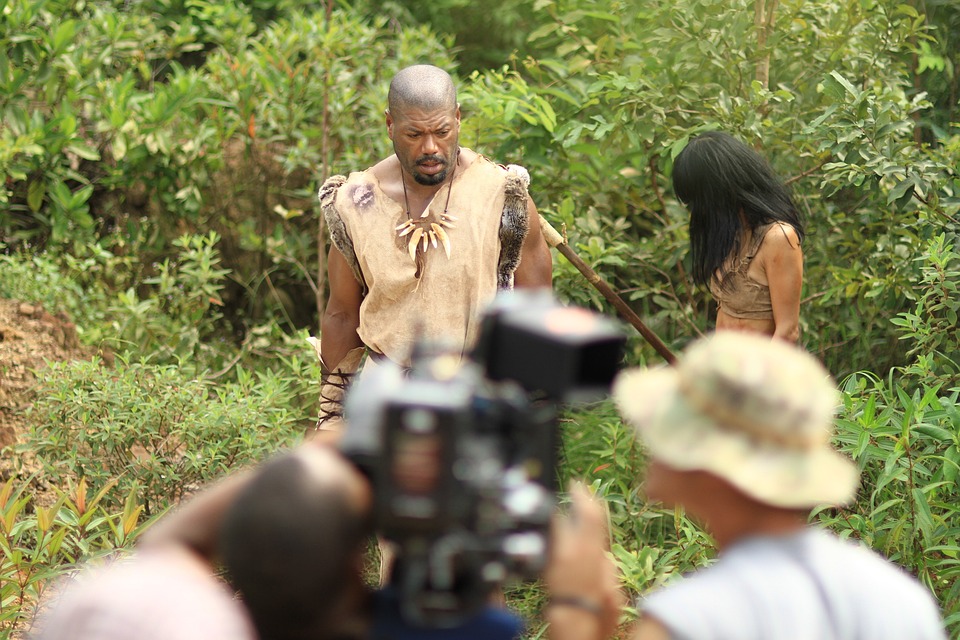The Art of Adaptation: From Book to Television Drama
In recent years, there has been a surge in the number of television dramas adapted from books. With shows like “Game of Thrones,” “The Handmaid’s Tale,” and “Big Little Lies” captivating audiences worldwide, it’s clear that adapting a beloved book for the small screen can be a successful endeavor. But what makes a good adaptation and how can creators retain the essence of the source material while still making it visually engaging for viewers? Let’s explore the art of adaptation and the challenges and rewards of bringing a book to life on television.
Choosing the Right Source Material
One of the key factors in creating a successful television adaptation is choosing the right source material. Not every book is suited for the small screen, and certain genres or themes may not translate well to a visual medium. When selecting a book to adapt, creators must consider the story’s structure, character development, and overall themes to determine if it will work for television.
Additionally, it’s important to choose a book that has a built-in fan base. By adapting a popular or well-known book, creators can attract a ready-made audience who are already invested in the story and characters. However, this also comes with its own set of challenges, as fans of the book may have high expectations for the adaptation and be quick to criticize any deviations from the source material.
Adapting the Story for Television
Once the source material has been selected, the next step is to adapt the story for television. This often involves condensing the events of the book into a shorter format, as most television dramas have limited episode lengths and must keep viewers engaged from week to week. This can mean cutting secondary storylines, combining characters, or reordering events to create a more cohesive narrative for television.
Another challenge of adaptation is capturing the tone and atmosphere of the book on screen. Books have the luxury of delving into characters’ thoughts and emotions in a way that is often difficult to replicate visually. Creators must find ways to convey these internal struggles and motivations through dialogue, action, and cinematography to ensure that the essence of the story is not lost in translation.
Working with Authors and Fans
One of the unique challenges of adapting a book for television is working with the author of the source material. While some authors are heavily involved in the adaptation process, others may have little say in how their work is brought to the screen. Balancing the needs and expectations of the author with the vision of the creators can be a delicate dance, but when done successfully, it can lead to a more faithful and satisfying adaptation.
In addition to working with authors, creators must also consider the expectations of fans of the book. With social media providing a platform for fans to voice their opinions and concerns, creators must be mindful of how their decisions will be received by the dedicated fan base. While it’s impossible to please everyone, listening to feedback and engaging with fans can help creators navigate the challenges of adaptation and create a more successful television drama.
The Rewards of Adaptation
Despite the challenges of adapting a book for television, there are numerous rewards to be reaped from a successful adaptation. Television dramas based on books often attract a larger audience than original series, as fans of the book and curious viewers alike tune in to see how their favorite stories come to life on screen. Additionally, adaptations can introduce new audiences to the work of authors they may not have discovered otherwise, leading to increased book sales and recognition for the source material.
Another benefit of adaptation is the opportunity to expand upon the original story. Television dramas allow creators to delve deeper into characters and subplots, adding a new dimension to the story that may not have been possible in the confines of a book. By exploring untapped potential and filling in gaps left by the source material, adaptations can provide a fresh perspective on familiar stories and keep audiences engaged from episode to episode.
In conclusion, the art of adaptation from book to television drama is a challenging yet rewarding endeavor. By selecting the right source material, adapting the story for television, and working closely with authors and fans, creators can bring beloved books to life on screen in a way that captivates audiences and honors the essence of the original story. With the rise of television adaptations, it’s clear that books will continue to provide a rich source of inspiration for compelling and visually engaging dramas for years to come.




